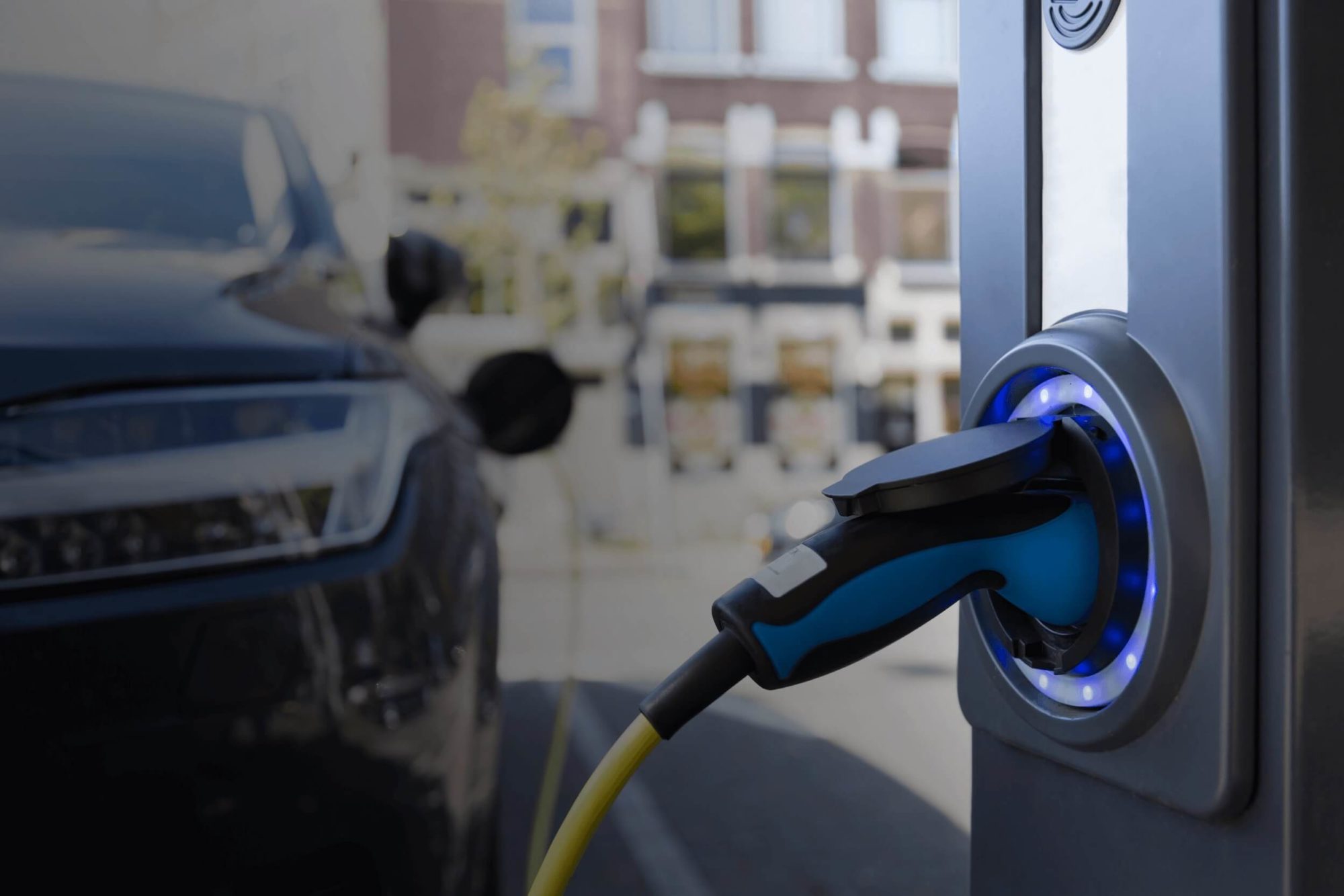Turn up, plug in, drive out: why the clever money is on smart charging
Posted 1 Oct 2019
Where and how people charge their electric vehicles (EV), the reliability and speed of the service, and the proliferation of these charging points are fundamental to mainstream EV adoption. It is also a substantial opportunity for site owners and service providers, who could gain a captive market of new customers by providing convenient, attractive, value-added charging experiences. For technologists and investors, meanwhile, this is a chance to command a lucrative share of an industry that’s set to rocket. (A report published last year, suggests that the battery opportunity alone could be worth £2.7 billion a year to UK chemical companies.)
This is not just about rolling out more charging points or providing apps to keep customers informed of their location and availability. It is about thinking laterally about how to keep improving the technology (battery capacity and size, speed of charge, etc) and reimagining the whole proposition around vehicle charging – when and how charging happens and what customers can do while they wait, cost models and so on.
Below are the five key market developments that make EV charging a compelling focus for investment and innovation.
Charging options are multiplying already, shining a light on what’s possible
By 2025, homeowners could be routinely renting out their driveways for both parking and charging EVs, which could be a useful source of passive income for the homeowner and could provide a welcome source of additional charging options for users.
For businesses, charging superstations and multimodal hubs are attracting interest too, as well as workplace charging. Businesses are starting to recognise the EV charging opportunity as a draw to pull in customers and install many charging points at strategic locations across the UK.
What’s more, inductive charging technology is increasing the charging options for electric vehicles. Here, electricity is transferred via an air gap from a magnetic coil in the charger to a second magnetic coil fitted to the electric vehicle. Drivers simply park so the coils are aligned, and charging will begin. Currently the focus for EV inductive charging is for stationary vehicles, but there is potential for this to be embedded into the carriageway so that vehicles can charge as they drive on the road. Alternatively, inductive charging facilities can provide a charge boost as vehicles approach traffic signals.
Mobile charging units offer to plug gaps in fixed charging infrastructure and add convenience for drivers. This option could appeal to users without charging points at home, employers who want to avoid infrastructure costs, and event hosts or festival organisers.
Battery capacity and charging speed is improving rapidly, but with plenty of scope for additional innovation and collaboration
Improving physical charging practicalities is vital to overcoming early barriers to EV adoption – saving people interruptions of half an hour or more at a time during their day and removing the fear of losing power at a critical point in a journey.
But there is still work to do, which is where investment and innovation is especially welcome. One challenge related to faster charging is avoiding excessive heat, and cooling systems are needed for both the batteries and the cables.
Billing innovation offers huge potential companies could tap into
Workplace charging is another major opportunity. Enabling employees to go electric (where driving remains necessary) will become a socially responsible necessity for employers. To achieve this they could install smart charging infrastructure, and even support vehicle-to-grid (V2G) charging, if the economics stack up. Here, electric vehicle owners can sell electricity back to the grid from their vehicle batteries during peak periods.
As well as ways of offsetting electricity costs by selling battery power back to the grid (via V2G), sophisticated energy accounts could split the bill by users rather than by household. These kinds of facilities will make it easier for households and businesses to manage charges when third parties are recharging their EVs on their premises.
Fostering app innovation
The scope for EV-related apps is extensive, and not confined to making it easier for drivers to find their next charging point. Generally, potential EV buyers and users need good information about all aspects of EV ownership and use, and the more holistic this information is (i.e. not specific to one make of car, or a particular app or technology platform), the more valuable it will be to them.
Useful information and resources could span:
- The real costs of EV ownership and how to optimise them
- Vehicle options, pricing and potential resale costs
- Financing options
- EV energy tariffs
- How to maximise EV-related income – from car clubs and ride sharing, to renting out charging points or generating revenue from V2G charging
- EV-friendly roadside assistance services
- ‘Lifestyle planning’ on how an EV can accommodate or fit into broader travel needs
- Details of the environmental impact/carbon savings of EV use (corporate fleets could feed this data into annual carbon reporting)
Examples of independent resources which are helping to fuel market demand for electric vehicles are the EV Experience Centre in Milton Keynes, and the Go Ultra Low website.
Collaboration between vehicle manufacturers, charging-point operators and other stakeholders could expand on these services and tools. Car rental companies could replicate the EV Experience Centre model, for instance. It could also be mirrored at events, such as car shows.
Evolving standards (from charging norms to data-sharing standards and technology platform interoperability)
Evolving engineering, technology and data standards, along with the rise of innovation forums such as those supported by Digital Catapult, will help to foster cross-industry collaboration on new experiences and services for EV enthusiasts and the EV-curious.
An extensive discussion of current emerging standards, and the targets that have been set for their agreement and implementation, are discussed in Electric Vehicles Report: Innovation towards an excellent user experience, a new research paper by Digital Catapult and partners.